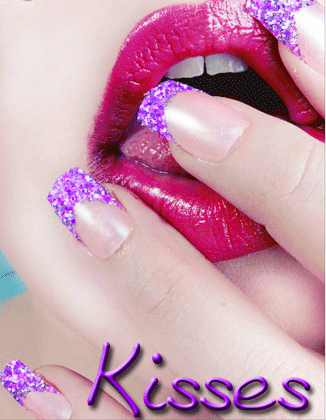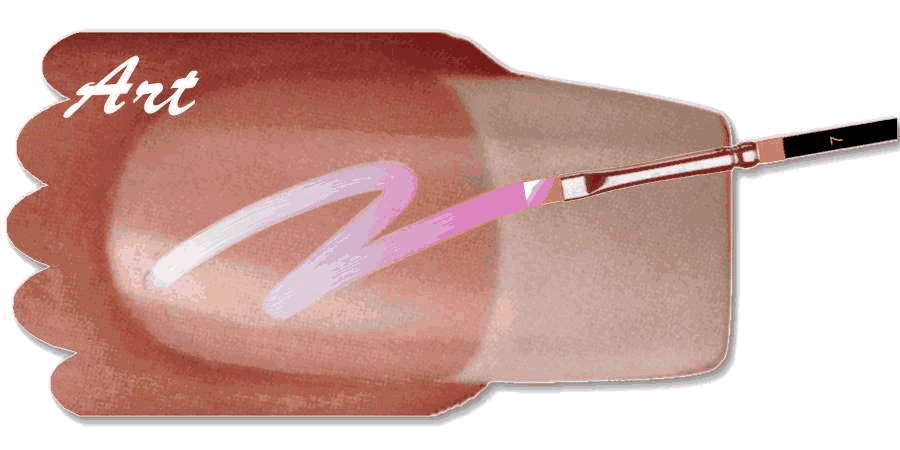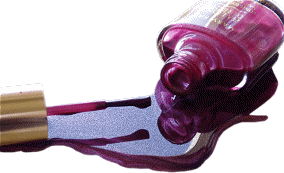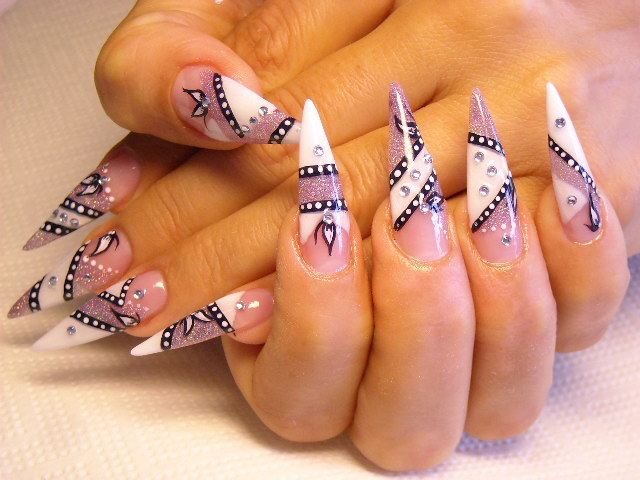
You often hear that hair, skin, and nail infections spread through salons and nail fungus is probably the infection that is most often mentioned. Lots of people believe that they have caught onychomycosis (nail fungus infection) at a spa or salon and, although it can be very difficult to prove that this is the case, it's certainly possible. Fungi that grow in hair, skin,and nails spread themselves around when bits of hyphal growth break off or when the growing fungus produces airborne spores. Spores get caught in nail grooming equipment, especially things with rough surfaces such as nail files and emery boards. They cling to brushes, combs and clippers, and they can live a very long time, especially where there is a little moisture present. This is why fungal infection can indeed be passed from person to person in salons and spas, and its one reason why people running these establishments must be licensed.

Understanding the link between spas and nail fungus helps us to protect ourselves from fungal infection. If you use spas, it's a good idea to follow a few simple rules. First, check that the establishment is licensed and has its documentation displayed where you can see it. Likewise, be sure that manicurists and other professionals are qualified - always use well respected salons and nail fungus shouldn't be a problem. Always wear footwear in areas where there is foot traffic. It's likely that the floors will be damp in spots, and others before you may have left fungal spores behind. You don't want your feet in contact with those surfaces. Ask about maintenance and cleaning procedures of hot tubs and foot baths - these should be thoroughly cleaned regularly including the water and any filters. In salons, it's an excellent idea to bring your own manicure tools with you, so you are sure that all tools are free of infectious agents.

Even if you are very careful about choosing spas and nail fungus hasn't been an issue for you, there are some personal habits that you can develop to help protect you now and in the future. First, always keep your nails well trimmed and very clean. Most nail infections begin under the leading edge of the nail where dirt often lodges. If fungal spores find their way there, and there is even a tiny break in the skin, they can take advantage and start to grow. The best way to avoid having a fungus get established is to not give it access to your nails! Second, avoid shaving your legs before using a pedicure spa - you may not realize it, but shaving often causes tiny nicks and abrasions that make your skin more vulnerable to infection. Finally, look after any signs of irritation or infection promptly - remember the association between salons and nail fungus and see a health care professional immediately if you suspect that onychomycosis is starting up.

Many people strongly recommend that everyone have their skin and nails checked by a specialist at least yearly, especially if they visit spas and salons and nail fungus is a concern. While this may not be practical for everyone, it's a good idea to at least have your GP assess your general health and the health of skin and nails when you have a medical checkup. Fungal infections of the skin, hair, and nails are much more easily treated when diagnosed early, before the fungus has spread too far. Certainly, if you see any signs of infection, bring them to your physicians attention and communicate your concerns about salons, spas and nail fungus.













No comments:
Post a Comment